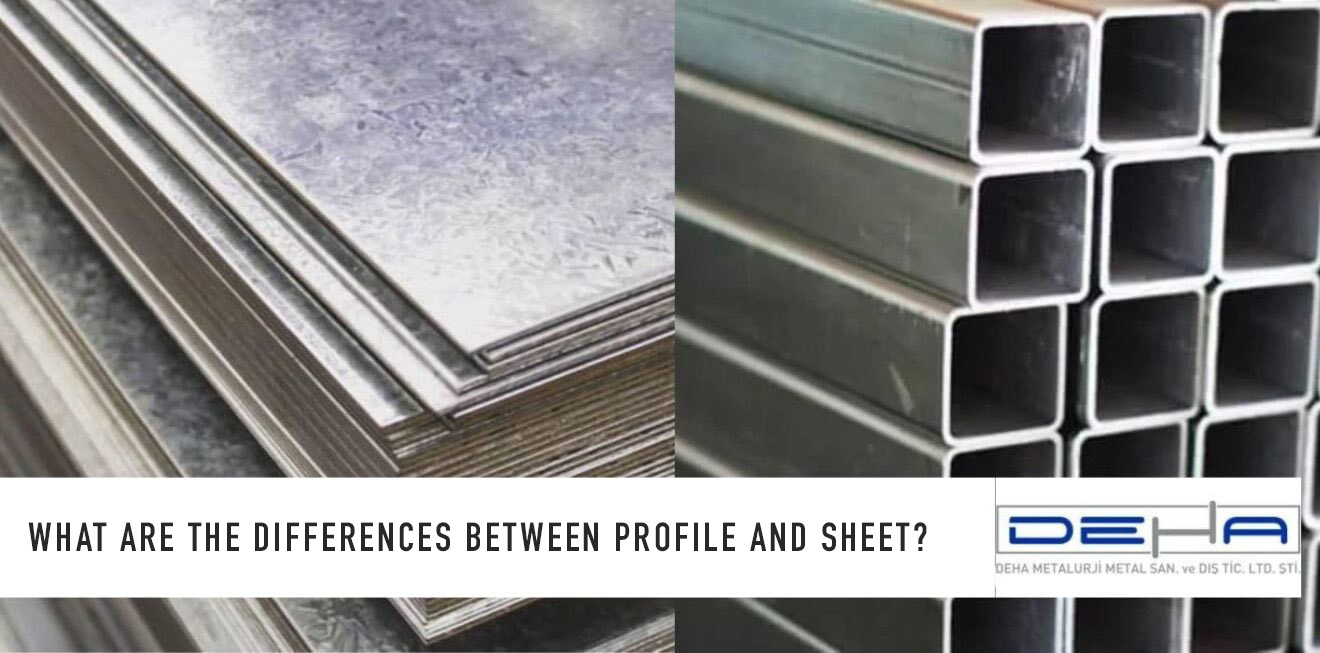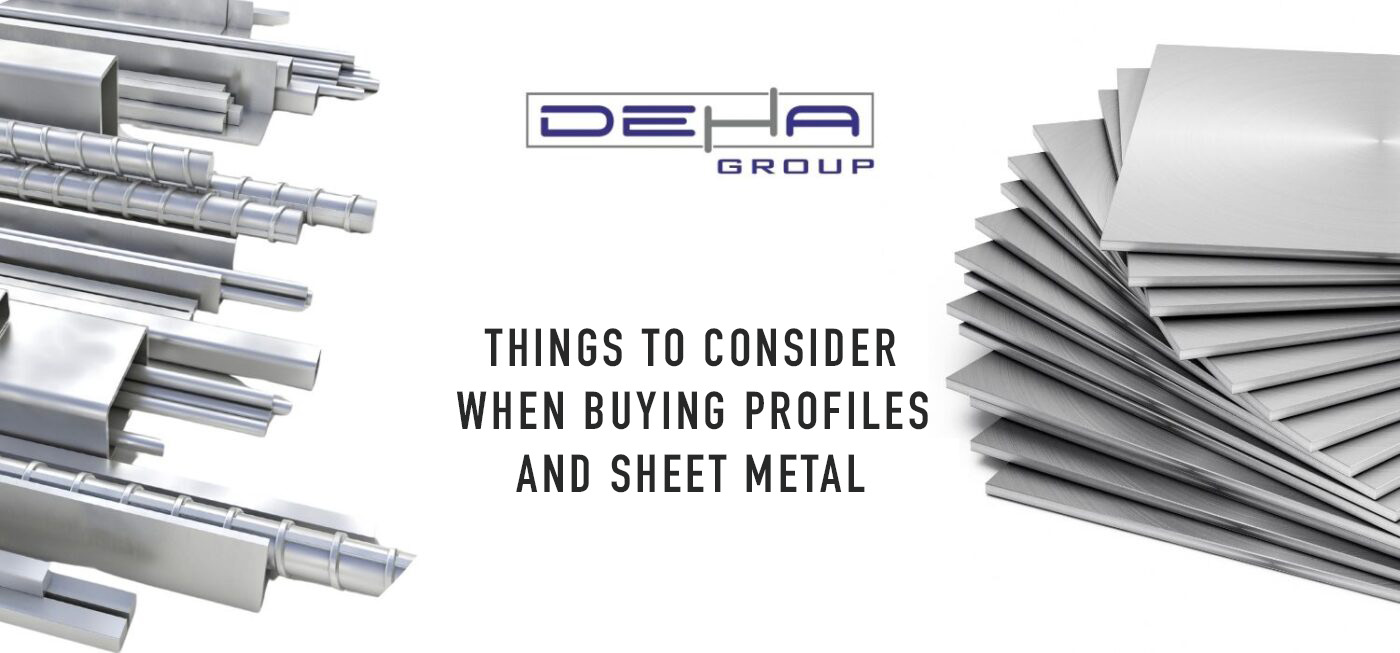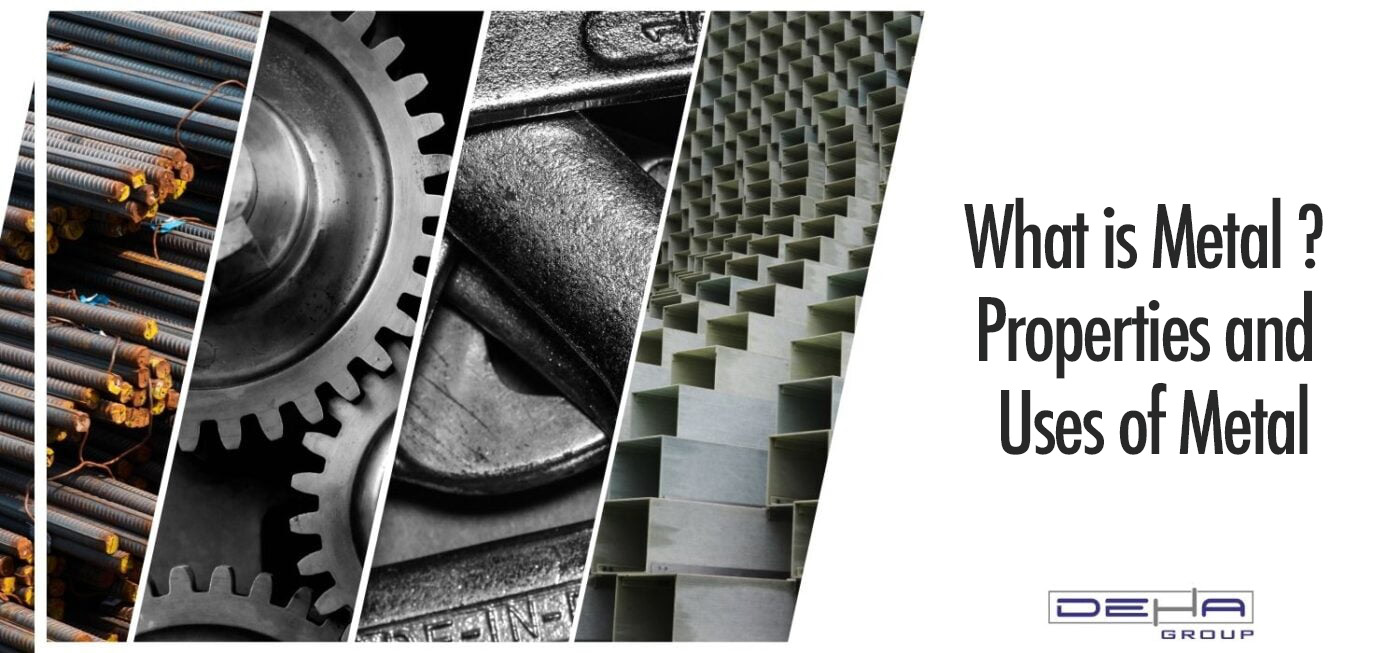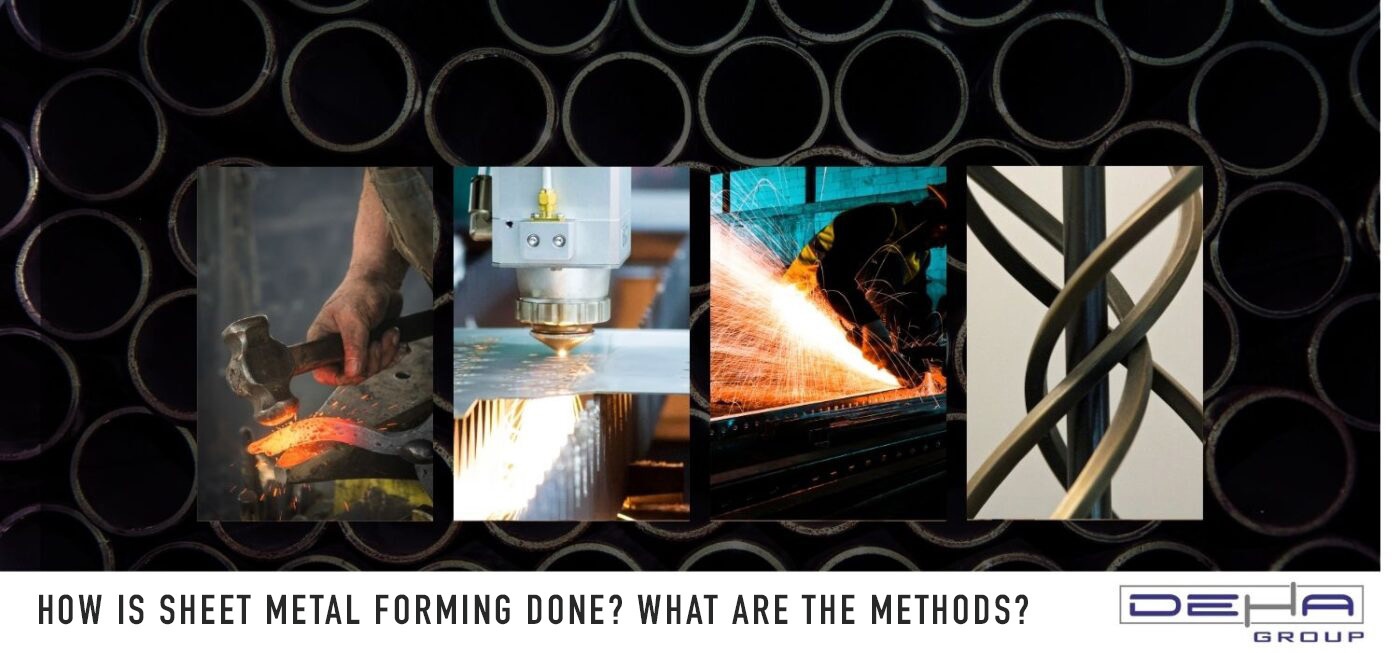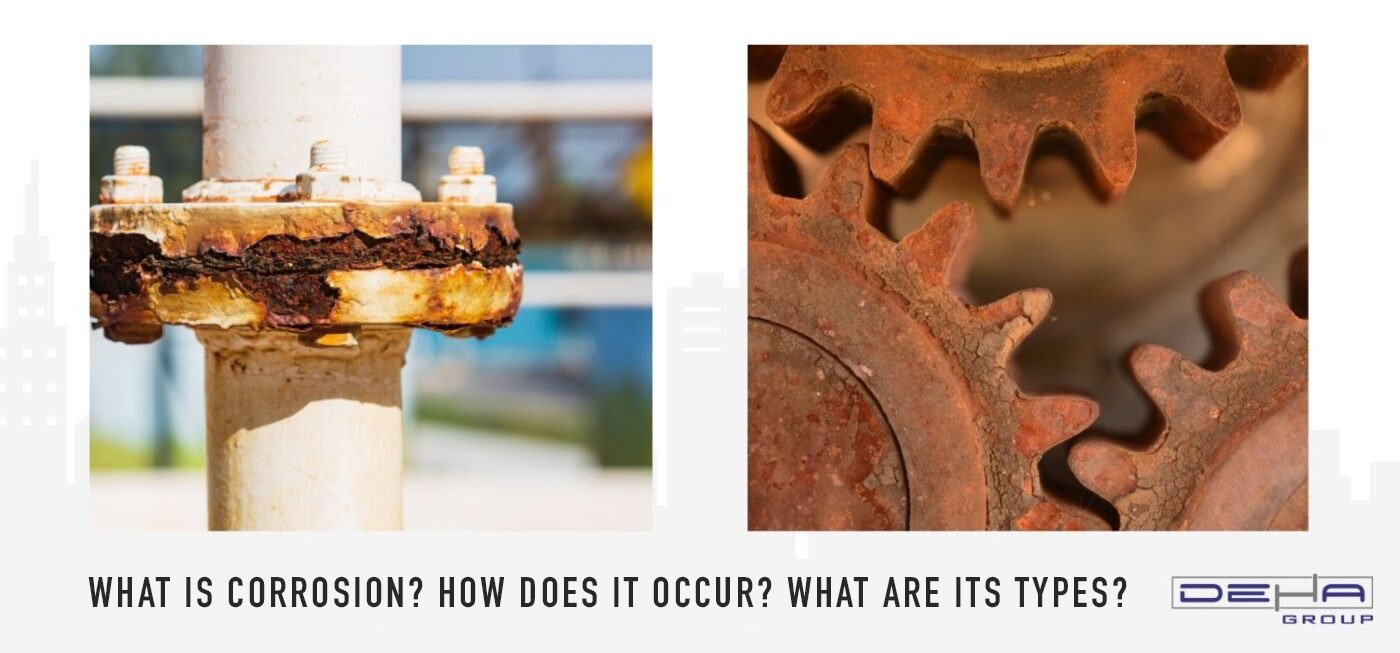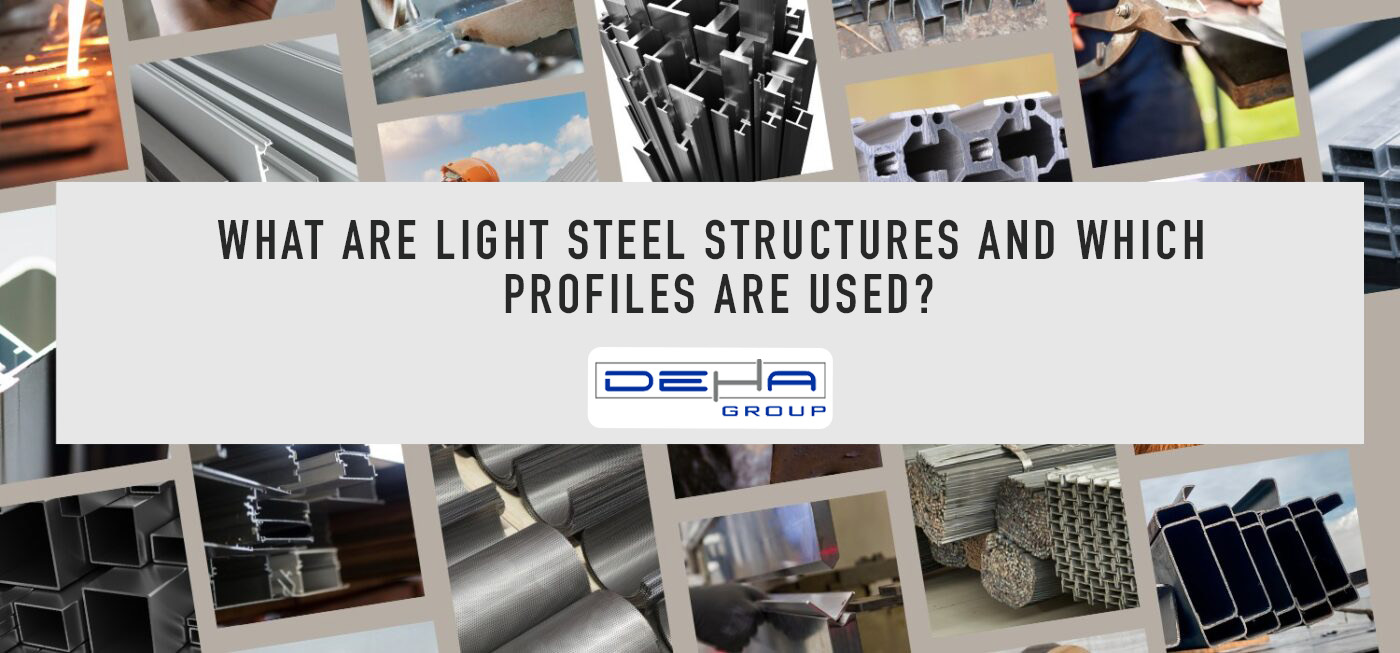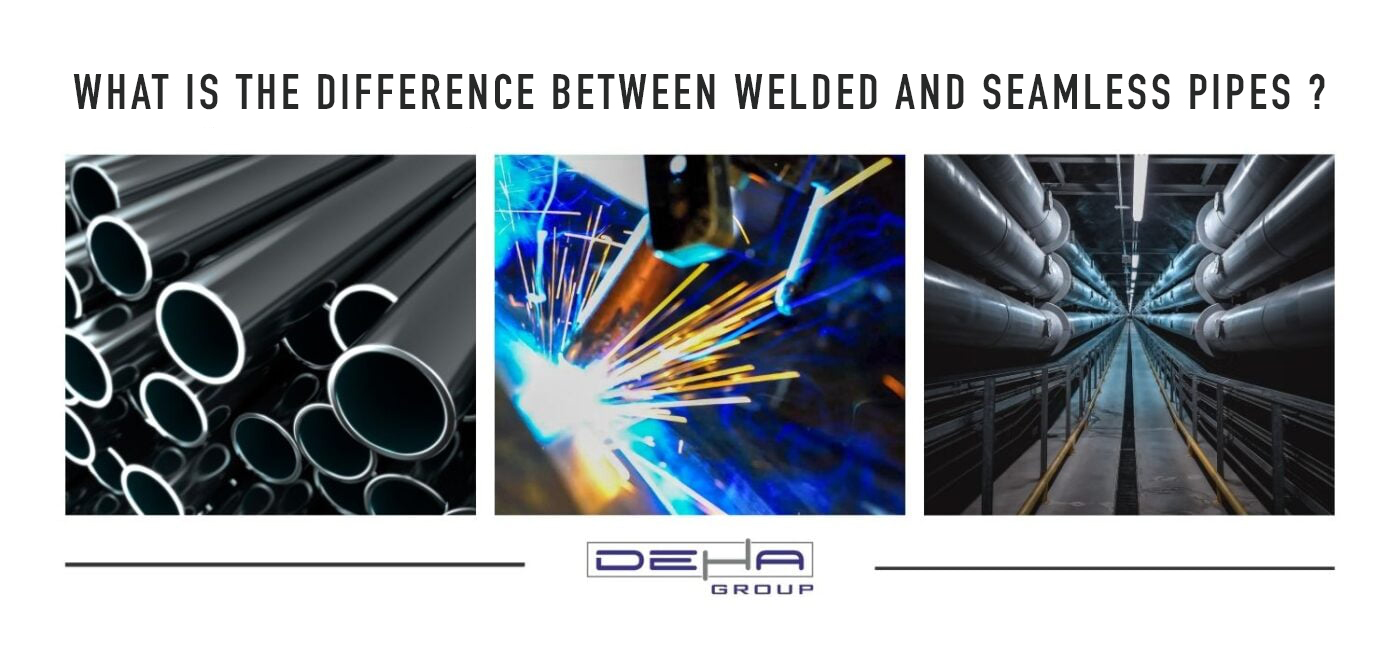
Welded and seamless pipes are important construction materials widely used in various industrial and construction sectors. Pipes, usually made of metal, PVC, or concrete, are used for transporting liquids, conveying gas, or providing structural support. Pipes are produced in different diameters and wall thicknesses and are shaped in various ways according to their intended uses. For example, water pipes carry drinking water, while industrial pipes may transport chemicals or oils. The choice of pipe material and proper installation are among the key factors determining their durability and functionality.
What is Welded Pipe?
Welded pipe is a type of pipe typically formed and welded or pressed from a long roll of sheet metal. In the manufacturing process, a roll of sheet metal is bent to a specific diameter, and the edges are joined. This joining process is usually done by welding or pressing. As a result, a weld or press region runs the length of the pipe, indicating that the pipe is welded.
Welded pipes are commonly used in various industrial applications. They are often preferred due to their lower cost of production and the ease of manufacturing in different diameters. However, it should be noted that in some applications, the welded areas may lead to issues with durability or sealing.
Advantages of Welded Pipes
Low Cost: Welded pipes are generally less expensive than seamless pipes, reducing production and purchase costs.
Diversity: Their ability to be produced in different diameters and thicknesses allows them to be suitable for a variety of applications.
Fast Production: They can be quickly manufactured using welding or pressing methods, saving time in projects.
Application Variety: They can be used in many different application areas, such as general construction and low-pressure liquid or gas transmission.
Ease of Replacement: The ability to easily replace a specific section when needed provides an advantage in maintenance and repair.
What is a Seamless Pipe?
Seamless pipe is a type of pipe produced in a single piece without any welding or joint areas along its length. Seamless pipes are usually manufactured through hot rolling or cold drawing methods. In these methods, a metal rod or cylinder is shaped by hot rolling or cold drawing to reach the desired pipe diameter and thickness.
Advantages of Seamless Pipes
They provide higher strength and durability as there are no potential weak points in welded areas.
They have a smoother interior surface for fluid or gas flow, which increases flow efficiency.
They offer reliability in high-pressure applications as they are less prone to failure.
Seamless pipes are widely used in industries such as petrochemicals, energy production, plumbing, and hydraulics.
Characteristics of Welded and Seamless Pipes
| Features | Welded Pipes | Seamless Pipes |
| Production Method | From sheet roll by welding or pressing | Hot rolling or cold drawing |
| Strength | Generally lower | Higher |
| Leak Tightness | Weld areas pose potential leak risk | Seamless structure, lower leak risk |
| Cost | Lower cost | Higher cost |
| Production Speed | Faster production possibility | Longer production process |
| Application Areas | General construction, low-pressure applications | High-pressure, precise applications |
| Durability | May have weak spots in weld areas | Homogeneous structure, higher durability |
| Flow Efficiency | Rough inner surface, may have low flow efficiency | Smooth inner surface, higher flow efficiency |
This table can help you understand which type of welded or seamless pipes is more suitable for different applications by comparing their features and usage areas.
What Are the Applications of Welded and Seamless Pipes?
The usage areas of welded and seamless pipes are determined according to their different characteristics. Here are some common areas where each is used:
Usage Areas of Welded Pipes
General construction sector: Water and gas transmission lines.
Oil and gas industry: Pipelines and transportation systems.
Chemical industry: Pipelines for transporting chemicals.
Water treatment plants: Drinking water transportation systems.
HVAC (Heating, Ventilation, Air Conditioning): Used in heating and cooling systems.
Usage Areas of Seamless Pipes
High pressure and high temperature applications: Such as oil refineries, nuclear power plants.
Oil and natural gas transportation: Seamless pipes provide more reliable leak prevention.
Hydraulic and pneumatic systems: Seamless pipes have higher pressure tolerance.
Automotive industry: Used for applications such as exhaust systems.
Precision industrial applications: Preferred for their smooth internal surface.
Both types of pipes provide optimal performance under certain conditions and are used in a wide range of industrial applications.

 TR
TR

